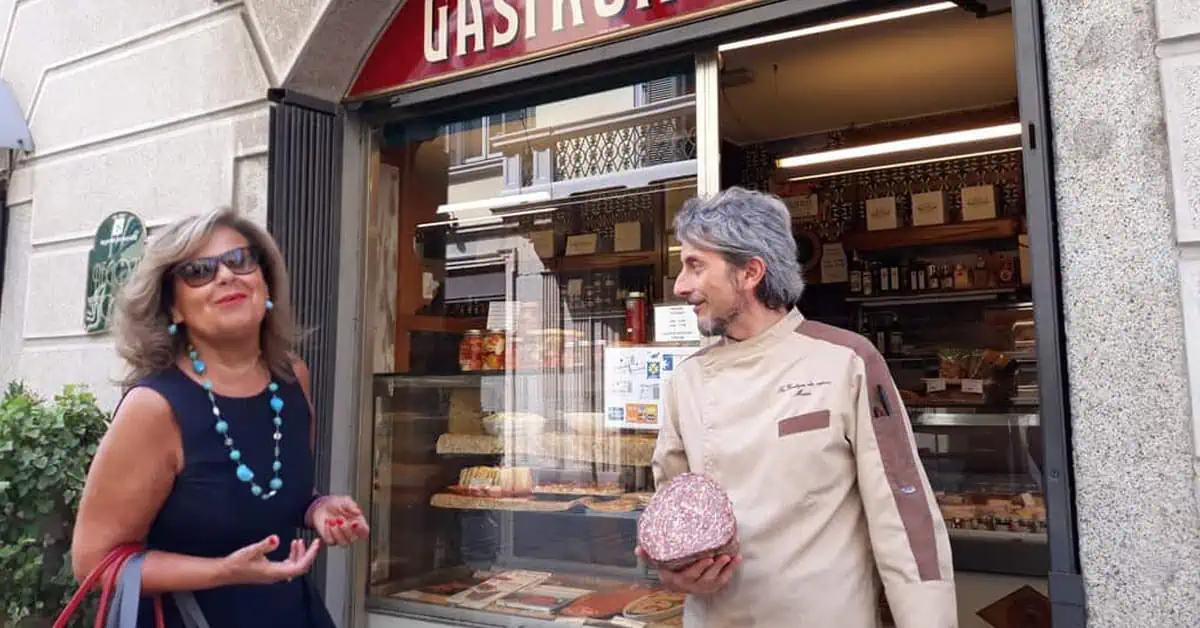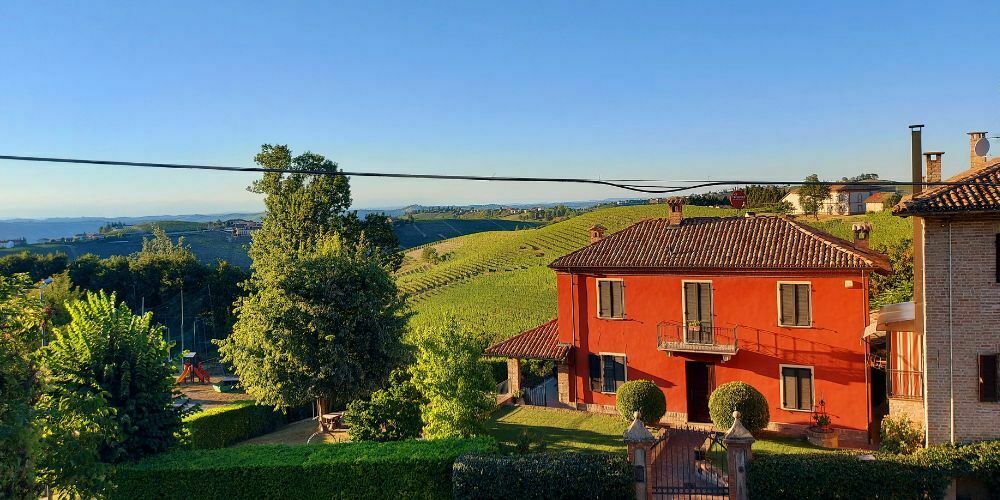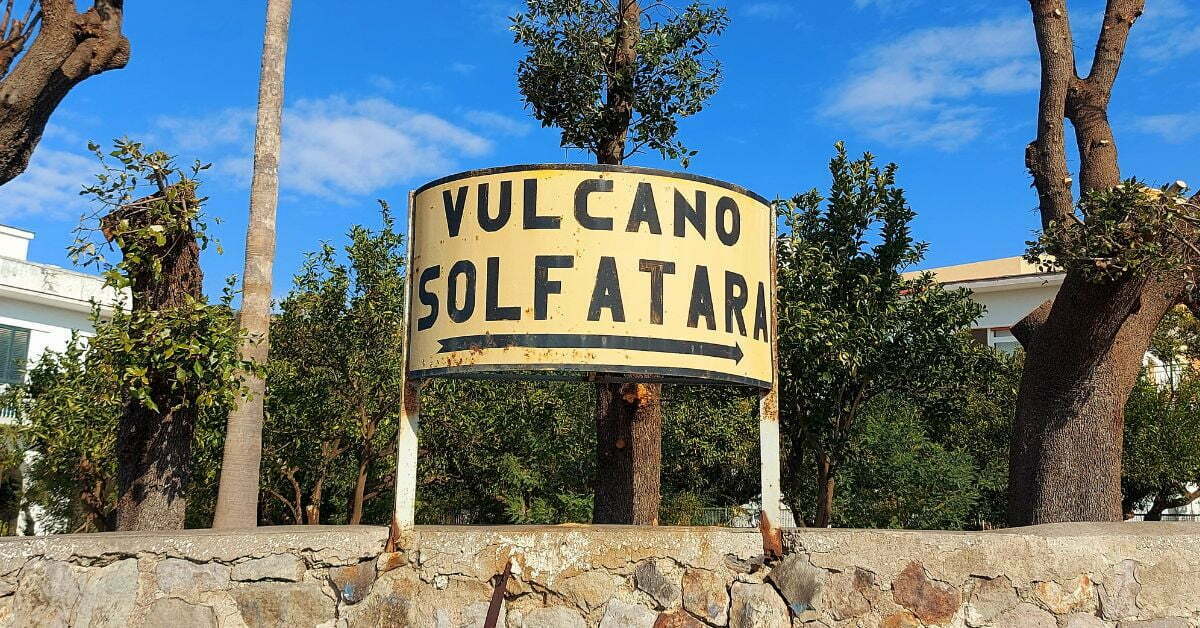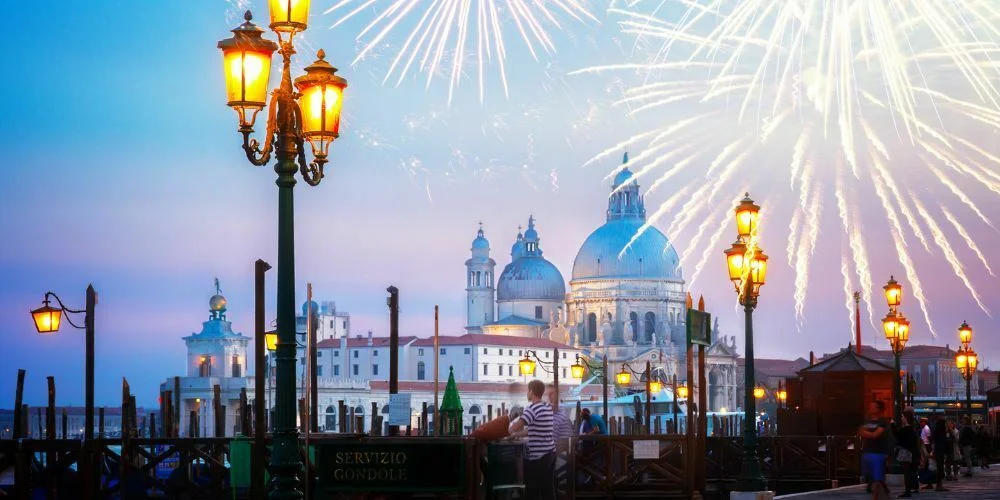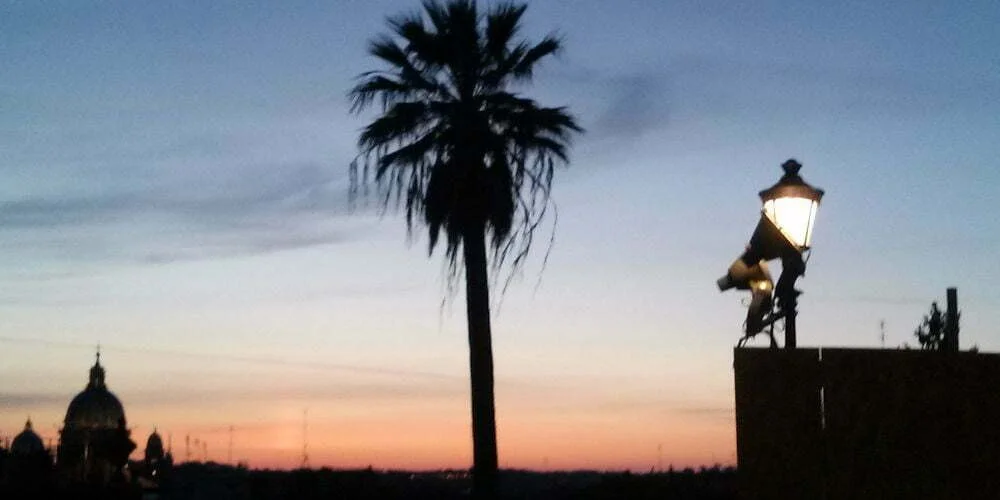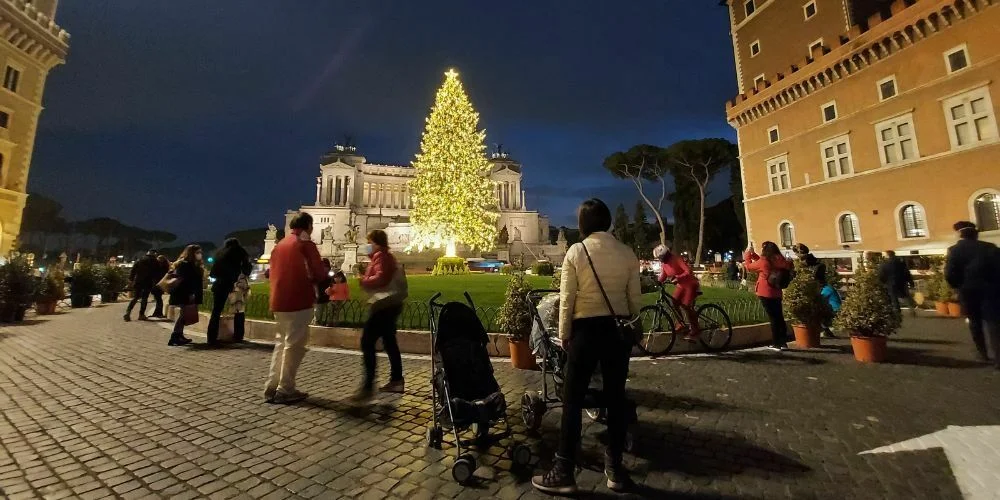As if Cosa nosta, Camorra and ‘Ndrangheta weren’t enough, Italy has another mafia organization within its borders. We visited the capital of the new mafia in Italy.
Q&A’s on the new mafia in Italy
What is the new mafia in Italy?
The new mafia in Italy or fourth mafia refers to the organized crime in the province of Foggia. It is located in the north of Puglia, a region that is wedged between the Adriatic and Ionian seas. Apart from Foggia (150,000) inhabitants, this mafia is also very present in smaller towns in the hinterland such as San Severo and Cerignola. It is even active in Gargano, the promontory on the Adriatic Sea, known for its nature and religion (Monte Sant’Angelo, San Giovanni Rotonda). The term ‘the fourth mafia’ is used, among others, by Antonio Laronga, a assistant attorney in Foggia who wrote a book about it.
How is the new mafia organized in italy?
The fourth mafia is called ‘Società’, literally translated as ‘society’ or ‘enterprise’. The Società is divided into so-called batteries. Almost each city has one, two or more batteries. Each battery is built around a family and is fairly autonomous. There is no such thing as an umbrella body, like the Cupola in Sicily. Due to a lack of coordination, violent mafia wars have regularly broken out over the last 20 years.
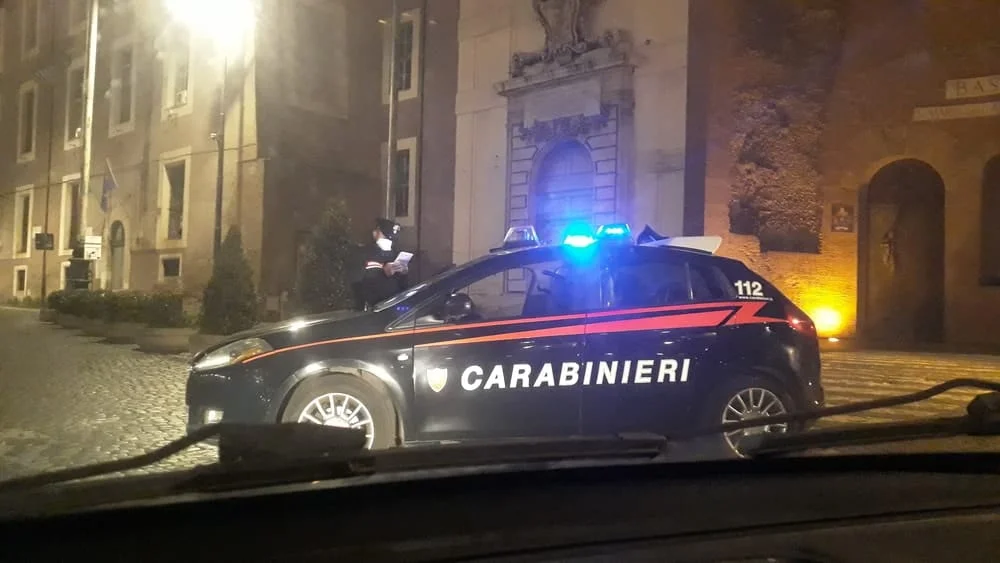
Because of the strong family ties, the batteries are quite difficult to dismantle by the authorities. Well known batteries are those of the combined Moretti-Pellegrino-Lanza families and those of the Sinesi and Francavilla families.
This content is not shown.
Click on this block to display all our content, by accepting our cookies or review our cooky-policy below.
Since when does the new mafia in Italy exist?
Officially, this organization has only existed since 1999. In that year the Supreme Court recognized that certain groups in and around Foggia could be characterized as ‘mafia’. But if we take not the judicial verdict, but history as reference, it appears that the fourth mafia shot its first roots in 1979. The probable beginning is when the Camorra (mafia from Campania with capital Naples) led by the powerful Raffaele Cutulo, wanted to expand its organization into Apulia (Apulia and Campania border each other).
Wasn’t Sacra Corona Unita considered the fourth mafia?
Often the Sacra Corona Unità is identified as thé mafia in Puglia, and should therefore be considered as the fourth mafia in the country. Perhaps this has to do with the name, which is quite sinister and mysterious. Sacra Corona Unità means translated United Holy Crown. In reality the Società is much more powerful (and violent). The Sacra Conona Unità is according to Laronga and involved persons I spoke to hardly relevant anymore. The Corona had (has) its base mainly in the Salento region, in the extreme south of Apulia.
Visiting Foggia
In order to better understand the new mafia in Italia, that of Foggia, I went there to report. Below is my story.
It is a frosty March evening some twenty years ago. The clock points ten past seven. Daniela Marcone arrives at her parents’ house after an afternoon of study at the library. Blue flashing lights from a police car are burning. Two policemen stand at the entrance and let her pass. “Through the window of the entrance door of the apartment complex I saw that in the hallway a body of a man was lying on the floor.”
“I could not see his face. The man was dressed in an overcoat and the legs of his pants had shot up a bit from the fall. I didn’t know who that might be. But when I looked closer I saw that his socks were white. They were my father’s stockings”.
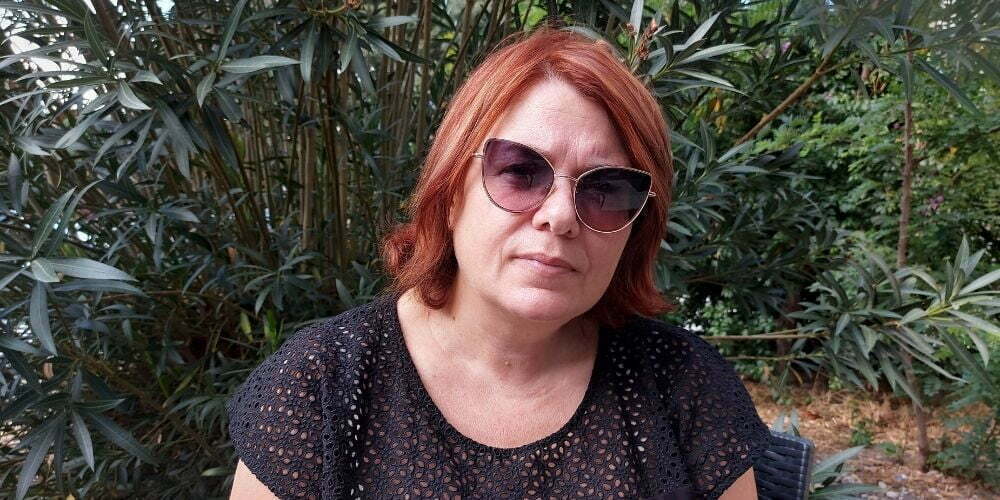
This scene still plays out in the mind of the now 54-year-old Marcone many times. “My life changed forever from that moment on.” Her father was one of the first victims of the organized crime of Foggia (pronunciation: fod-dzjaa). Also known as the ‘fourth mafia’ of Italy.
This content is not shown.
Click on this block to display all our content, by accepting our cookies or review our cooky-policy below.
Mafia, a Sicilian word, originated in Sicily. The word now stands worldwide for an organized criminal organization in general. But not every criminal gang is a mafia. Among other things, the Mafia is distinguished by the use of extreme violence, the imposition of silence (omertà), and having initiation rituals and foundation myths. Moreover, there is a strong link between the underworld and the (legal) upper world.

As if the Sicilian Mafia were not enough, Italy has two other ‘indigenous’ criminal organizations that are known worldwide. One is the Camorra, which spreads terror in and around Naples. The other is considered the world’s most feared mafia and is called the ‘Ndrangheta.
This organization is of Calabrian origin. Hardly anyone is familiar with the fourth mafia. It is not only a great unknown to the general public, but until recently also to the judiciary. The ‘Società’, as this organization is called, has its sphere of action in and around Foggia.
Related: Read our selection of (scholarly) literature on the mafia in Italy
Foggia is one of the saddest cities in Italy. The town of 150,000 inhabitants has a little interesting center and is situated in a huge monotonous plain. The city’s new buildings are ugly and don’t pay attention to the basic rules of spatial planning. Unemployment is high, average income low. The summers scorching hot.The alliterating expression (wish?) ‘Fuggi da Foggia’ (Fleeing from Foggia), sometimes used by people from this region, says it all.
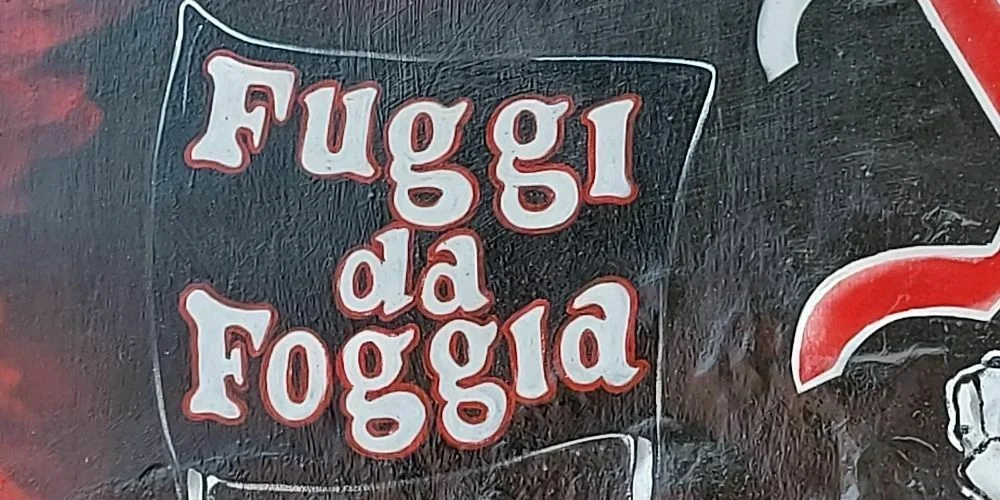
Or what about the fact that the municipality was suspended in August 2021 due to mafia infiltration. Foggia is now under the direct supervision of the Italian government. In the annual ranking of Italian provinces with the highest standard of living, Foggia invariably dangles at the bottom. In 2021, the province of Foggia will be at number 105. Naples does even worse.
This content is not shown.
Click on this block to display all our content, by accepting our cookies or review our cooky-policy below.
History of the new mafia in Italy
There is another link with Naples. It was Raffaele Cutulo, the undisputed leader of the Neapolitan Mafia (Camorra), who in 1979 wanted to expand his organization into Puglia. For this reason Cutulo, who was a fugitive at the time, held a meeting with local gang leaders from Puglia.
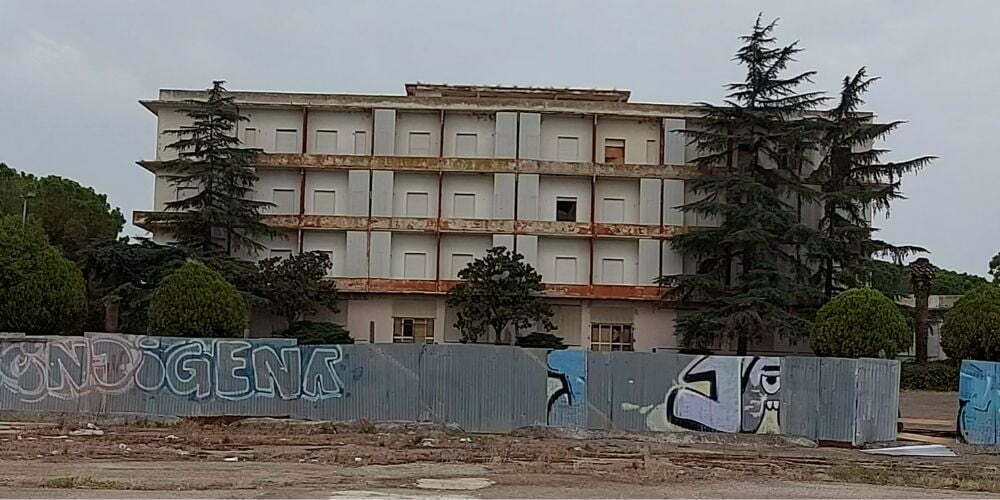
The meeting took place at Hotel Florio, some 20 kilometers outside of Foggia. We know about it thanks to the testimony of a ‘penitent’, a former mafioso who is collaborating with the justice system.
The hotel is closed these days. It has been for some time. If you squeeze past the corrugated iron sheets that stand like a wall around the hotel, you see a building that looks like it was hit by an earthquake: windows bricked up, gates in front of the entrance, peeling walls and an overall feeling that the concrete behemoth could collapse at any moment.
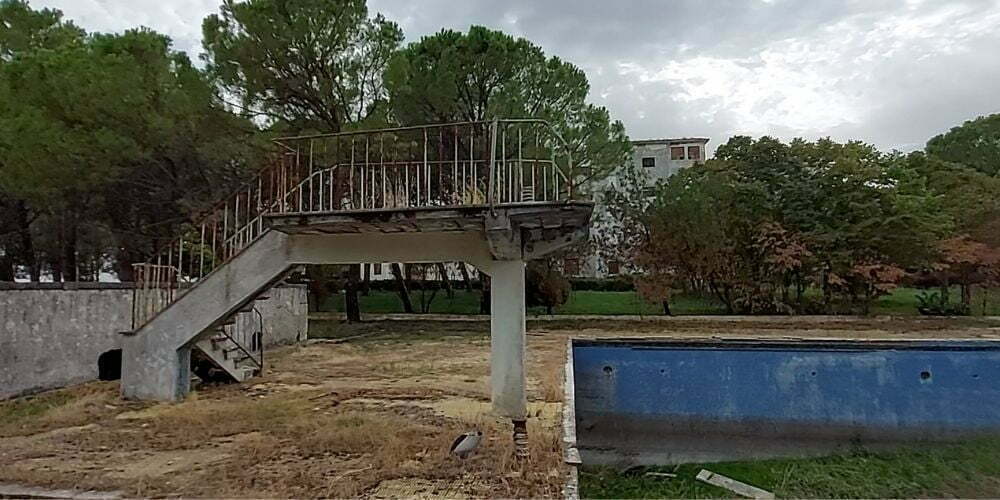
Grass grows in the empty pool behind the hotel and the concrete diving board has broken down. There are traces here and there of elegant, yellow mosaic tiling and a stylized flower from the hotel’s logo (‘florio’ means ‘floral’). Here Cutolo and the local gangsters were probably toasting champagne. It’s not hard to imagine a scene like that from ‘The Godfather’.
That meeting some 40 years ago had its consequences. Although the local gangsters eventually evaded criminal Neapolitan rule, they set up their own mafia organization. Nowadays the Società is considered one of the most violent in Italy.
One of their characteristics is to shoot the victim several times through the head at close range during settlements (within the criminal milieu). Franco Romito, for example, was killed in the middle of the street by dozens of bullets. However, so many bullets went through the victim’s head that “no one would recognize and remember Romito”, according to a testimony.
This content is not shown.
Click on this block to display all our content, by accepting our cookies or review our cooky-policy below.
Testimonies, by the way, are very rare. Typical of the mafia structure of the organization is that no one talks. The omertà is exemplary. “I am assisting a client who is serving five life sentences in Milan prison,” says criminal lawyer Leonardo De Matthaeis. The mafioso in question, after the murder of his brother, vowed to kill everyone he suspected was involved in the killing.

“He ended up killing five, but possibly more people. The remarkable thing was that he committed the murders in broad daylight. He wore no face covering and it seemed that he wanted to be recognized. Yet he remained at large for years because of the omertà, there were no eyewitnesses.” In the end, someone did speak out, even though it was an indirect witness. A man had witnessed one of the murders from his balcony and had told his wife about it.After a lot of fuss, she went to the police.
For a long time, the Justice Department dismissed Mafia violence as ‘ordinary’ crime. It was not until 1999 that the Supreme Court recognized that the Società and the various subgroups called batteries (in the sense of ‘departments of artillery’) were pure mafia. This is a milestone. For example, since then it has been possible to impose a special prison regime on the criminals, locking them up in isolation and limiting communication with the outside world. This is an efficient method.
Extortion and extreme violence
Extortion is the economic basis of the organization – this is also a typical feature of the Mafia. Extortion leads to fixed monthly income and ensures that the local population remains under the thumb (with omertà as a pleasant side effect). Extortion takes the form of protection money, which in Foggia, by the way, is called sovereignty tax. It reflects well how the mafia considers its territory, as a king over its subjects.
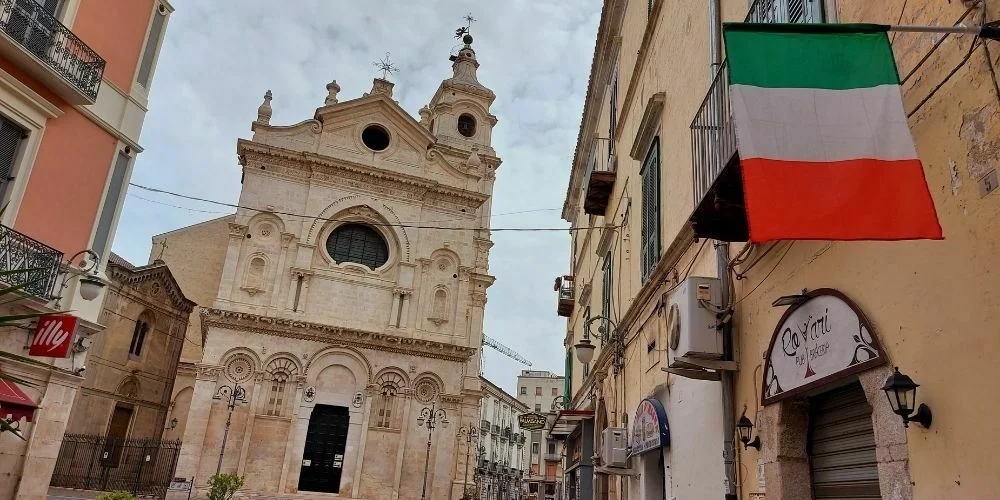
Apart from the fact that almost the entire class of shopkeepers and business community is obliged to pay a monthly tax, called the pizzo, they are also forced to employ staff. Thus, those businesses are monitored and clan members receive a fixed salary without doing anything for it. In this way, the Società binds a bunch of people to it.
This content is not shown.
Click on this block to display all our content, by accepting our cookies or review our cooky-policy below.
Luca Vigilante knows better than anyone when it comes to talking about it. Since he and his family took control of a number of nursing homes for the disabled and elderly in 2019, they have been harassed by the mafia. “Men came by saying we had to ‘legalize ourselves economically,’ ” Vigilante says. In other words, pay protection money. The criminals also wanted influence on the board of directors. And work would have to be outsourced to companies affiliated with the Società. Vigilante refused.
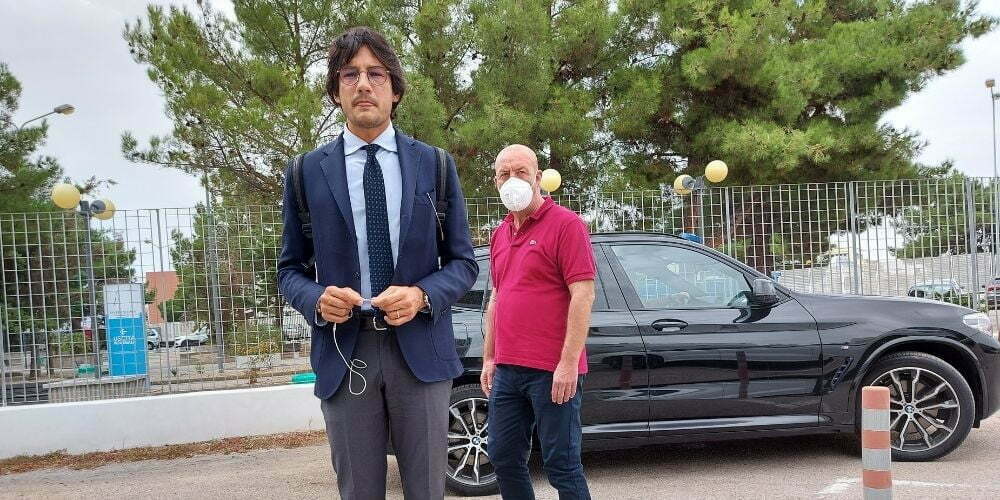
The answer did not take long to arrive. On January 3, 2020, the car of Vigilante’s brother, who also has a role in the family business, exploded. No one was fortunately injured. A few days later, the facade of Vigilante’s facility for the disabled was blown up. Two more attacks followed later that year.
Within no time, Vigilante was given a police escort. Now, two years later, he doesn’t take a step outside the door without two officers. “I’m scared because it’s very serious that thing that happened. I hope for the day that we get our freedom back,” Vigilante says as he walks to his car on his business premises.
A officerin plainclothes follows him, another has already gotten behind the wheel of the car and is waiting with the engine running. The hospital entrepreneur is the first in Foggia to receive a police escort. It is a sign that the Italian authorities are taking the fight against the mafia seriously. As a result, there has been less violence in Foggia in recent years.
Police success in recent years
There is also another reason for this. “The bosses are almost all under lock and key,” says Arturo Salamano, a police inspector. Together with colleague Giuseppe, he drives a twelve-year-old Fiat Punto and leads me through the city. They invariably patrol in plain clothes. “Here”, Salamano points from the car to an apartment complex, “lived Vito Bruno Lanza until his arrest. He belonged to the Moretti battery”. Lanza is also known as U ‘lepre, the hare. This, too, is typical of the Mafia: the use of nicknames in local dialect.
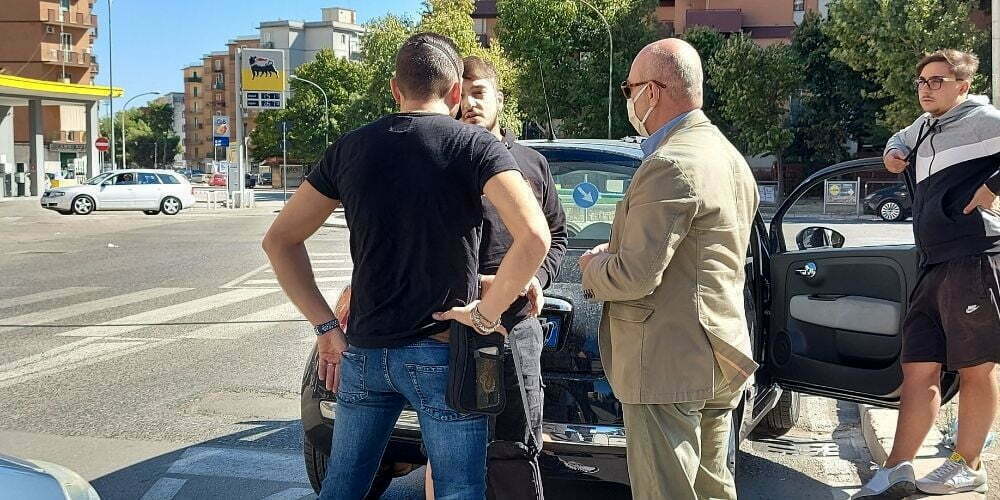
Two hundred meters further, Salamano’s finger goes to some low, yellow-painted flats. “These are social housing, where mostly people from the Moretti battery live. The houses are equipped with video surveillance and armored doors. Most of the bosses and their also mafia children are in jail anyway. It fortunately gives a little oxygen to the class of shopkeepers”. The police officer does indicate that he does not think the ‘truce’ will last long.
This content is not shown.
Click on this block to display all our content, by accepting our cookies or review our cooky-policy below.
That evening, in the municipal park, Pierluigi Bevilacqua, a local theater man, gives a performance, basically an indictment of the mafia. Bevilacqua concludes his performance by thanking the audience, “Thank you for standing up to the mafia. Thank you for staying in Foggia”.
This story was made possible by the Support Fund Freelance Journalists in the Netherlands

